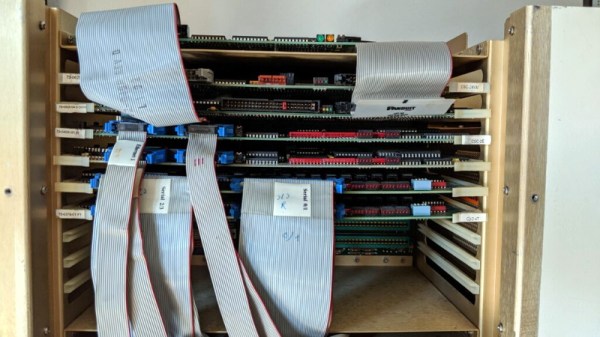There’s a trend recently, of big-name security appliances getting used in state-sponsored attacks. It looks like Cisco is the latest victim, based on a report by their own Talos Intelligence.
This particular attack has a couple of components, and abuses a couple of vulnerabilities, though the odd thing about this one is that the initial access is still unknown. The first part of the infection is Line Dancer, a memory-only element that disables the system log, leaks the system config, captures packets and more. A couple of the more devious steps are taken, like replacing the crash dump process with a reboot, to keep the in-memory malware secret. And finally, the resident installs a backdoor in the VPN service.
There is a second element, Line Runner, that uses a vulnerability to arbitrary code from disk on startup, and then installs itself onto the device. That one is a long term command and control element, and seems to only get installed on targeted devices. The Talos blog makes a rather vague mention of a 32-byte token that gets pattern-matched, to determine an extra infection step. It may be that Line Runner only gets permanently installed on certain units, or some other particularly fun action is taken.
Fixes for the vulnerabilities that allowed for persistence are available, but again, the initial vector is still unknown. There’s a vulnerability that just got fixed, that could have been such a vulnerability. CVE-2024-20295 allows an authenticated user with read-only privileges perform a command injection as root. Proof of Concept code is out in the wild for this one, but so far there’s no evidence it was used in any attacks, including the one above. Continue reading “This Week In Security: Cisco, Mitel, And AI False Flags”


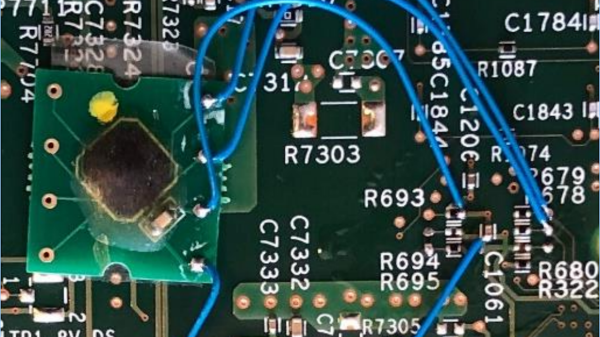
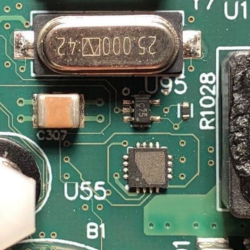 A
A 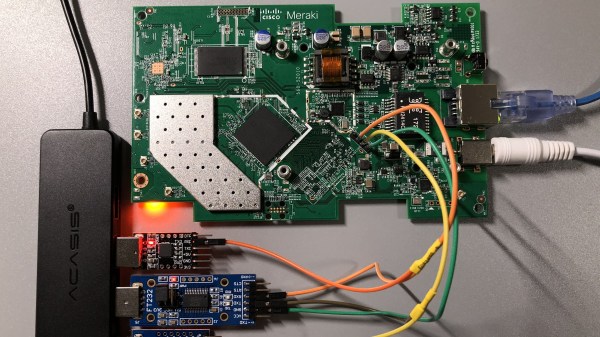
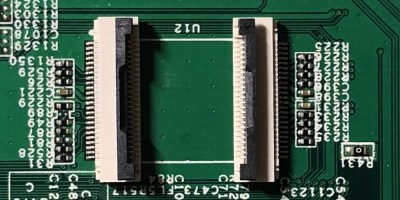 The flash chip is in TSOP48 package and uses a parallel interface, and an iMX6.LL devboard was used to read, modify and flash back the image — hotswapping the chip, much like we used to do with old parallel-interface BIOS chips. We especially liked the use of FFC cables and connectors for connecting the flash chip to the devboard in a way that allows hotswapping – now that we can see it, the TSOP 0.5 mm pitch and 0.5 mm FFC hardware are a match made in heaven. This hack, of course, will fit many TSOP48-equipped devices, and it’s nice to have a toolkit for it in case you don’t have a programmer handy.
The flash chip is in TSOP48 package and uses a parallel interface, and an iMX6.LL devboard was used to read, modify and flash back the image — hotswapping the chip, much like we used to do with old parallel-interface BIOS chips. We especially liked the use of FFC cables and connectors for connecting the flash chip to the devboard in a way that allows hotswapping – now that we can see it, the TSOP 0.5 mm pitch and 0.5 mm FFC hardware are a match made in heaven. This hack, of course, will fit many TSOP48-equipped devices, and it’s nice to have a toolkit for it in case you don’t have a programmer handy.